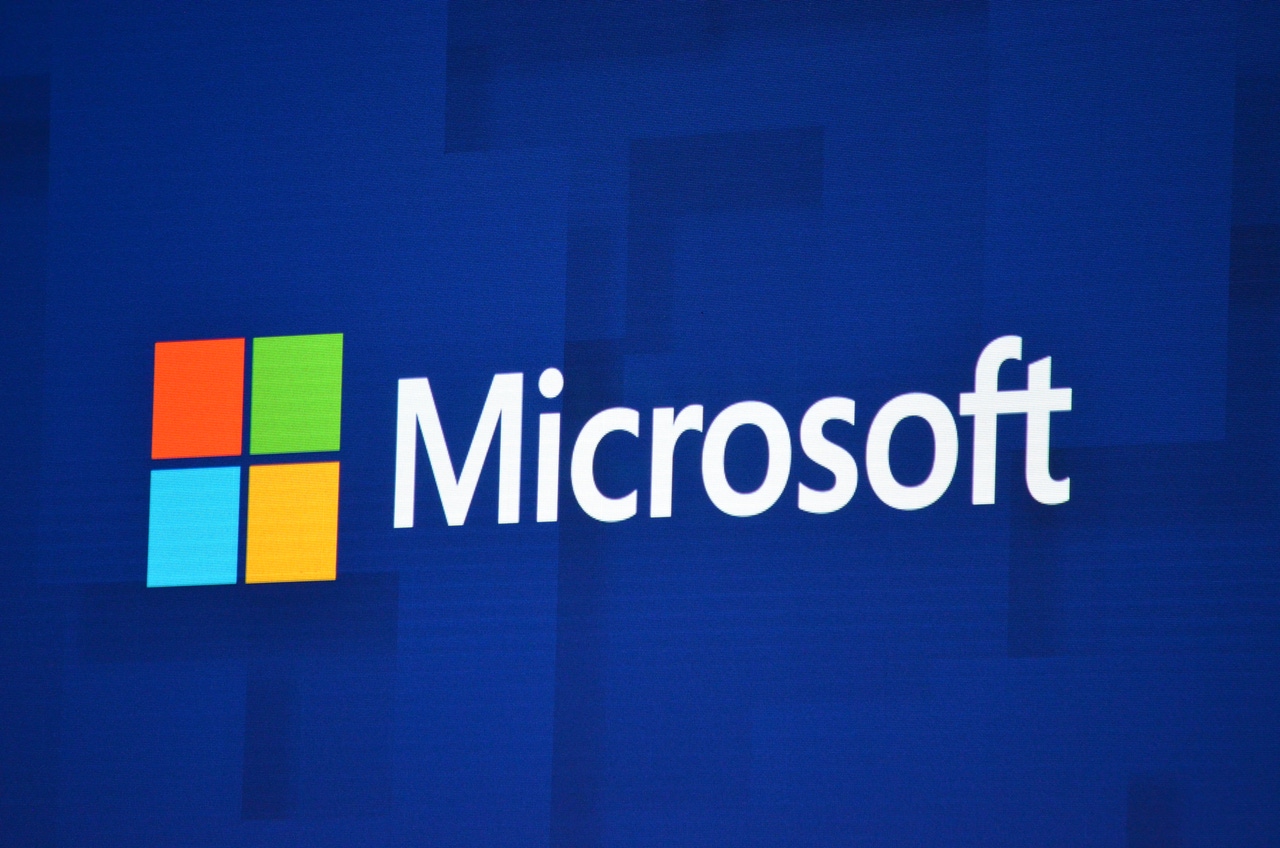Microsoft's Windows-Centered Ecosystem Bolstered by iOS and Android WorkMicrosoft's Windows-Centered Ecosystem Bolstered by iOS and Android Work
Microsoft's efforts to produce high quality apps for iOS and Android has reached a point where the company wants all of those devices to surround your Windows 10 powered device as a full ecosystem of data/access.

During the Day Two Keynote at Build 2017, when Terry Myerson and other members of the Windows & Devices Group were presenting about the Windows 10 Fall Creators Update, absent from any slide or mention was Windows 10 Mobile.
It is possible to say that when the company talked about Windows 10 that technically included Windows 10 Mobile. However, with the mobile development branch separated out from Redstone 3 (aka the Fall Creators Update), that leaves a lot of questions about the future of any mobile operating system.
As I said before Build, last week would have been a perfect opportunity for the company to update its developer community where the mobile platform was heading. Unfortunately, for the second year in a row, no mention of Windows 10 Mobile was made on the keynote stage. However, we did hear a lot about mobile, Windows, and devices in an ecosystem, but it was about the Windows 10 Fall Creators Update alongside iOS and Android devices running Microsoft apps and services.
A few years ago, around the time that Satya Nadella became Microsoft's CEO, a cultural shift that had likely begun before Steve Ballmer left the job became even more prevalent. That shift: Admitting there was life outside the Windows ecosystem. The first big product announcement Nadella stood up for was Office Apps on iOS. You know all that work had to have started before Ballmer left the job.
After Nadella was on the job, we saw to see more Microsoft services make their way to iOS and Android devices -- many time before the same products made their way to Windows desktop and mobile devices, if they ever made it there at all. The company's research arm produced many apps that went straight to iOS or Android to show off proof-of-concept services, and a majority of the time those services were only available to Windows users via the web. If an app made it to Windows desktops or mobile devices after their iOS and Android counterparts were available, they often lacked feature parity.
Of course that frustrated the Windows faithful on a regular basis.
As Microsoft has taken this approach to getting their products and services on these competitor handsets, the talking point various Microsoft execs hammered on at various events was about the mobility of the experience. It also helped that most of Microsoft's customers in the corporate world were on iOS and Android devices already. The company wanted to reach those customers and it made business sense to reach them on the platforms they were using.
After last weeks Day Two keynote at Microsoft Build, we now know why so much effort was being made to reach Microsoft customers on those other platforms over the last few years: To make Microsoft products ubiquitous, not tied solely to the Windows platform.
Every good company has a long range plan, and any intermediate step of that plan is evaluated for its impact on reaching the long term goal. Consider the intermediate steps in Microsoft's cross-platform journey: mobile on iOS and Android, and the Windows Subsystem for Linux that brings the Bash Shell to Windows 10 users. The company has also built a set of tools that allows developers to build apps for iOS without needing to own a Mac.
One of those new tools/concepts was the primary subject of the Day Two keynote by the Windows and Devices Group as they announced a new ecosystem of devices around a Windows 10 powered device that would bring together Microsoft Graph, Cloud, and Apps for iOS/Android devices to give users a connected experience across all of that hardware.
The new features announced for the Windows 10 Fall Creators Update last week all build upon work that has already been completed and that is present in the recently released Windows 10 Creators Update. Just by running down the list of major updates that were shown during that keynote you can see how everything will be tied together using a Microsoft Account on all of your devices.
The next few months of development on the Windows 10 Fall Creators Update will be very interesting as we see all of this come together and find out exactly where Windows 10 Mobile and its Feature 2 development branch is heading.
It is truly a brave new world at Microsoft as it expands it business to reach its customers and deliver the tools needed within this new ecosystem.
----------
But, wait...there's probably more so be sure to follow me on Twitter and Google+.
About the Author
You May Also Like
.jpg?width=100&auto=webp&quality=80&disable=upscale)
.jpg?width=400&auto=webp&quality=80&disable=upscale)






.jpg?width=700&auto=webp&quality=80&disable=upscale)
